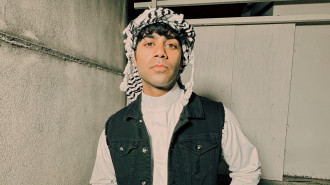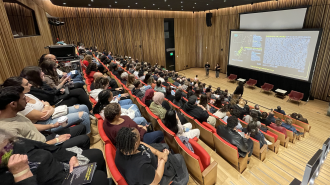Between Two Moons: Life, love and faith in a post-9/11 landscape
In our current times, when state surveillance mechanisms are directed at students, professors, and people of conscience protesting genocide, Between Two Moons by Egyptian American writer Aisha Abdel Gawad is a novel that transports readers to a critical turning point in the US for Arabs and Muslims.
The novel is a nuanced and necessary narrative written as a coming-of-age story set in Bay Ridge, Brooklyn, against the backdrop of anti-Arab prejudice and New York City Police Department (NYPD) surveillance of one of the largest Muslim communities in America.
In a story that unveils state surveillance, Gawad centers the female, Arab, and Muslim experience in post-9/11 America, while also depicting the plight of young Arab and Muslim boys and men often boxed into stereotypical representations, where they have no choice but to be the antagonist.
The novel is an engaging and layered story focused on the experiences of one immigrant family determined to love each other and save each other from the sharp edges of the world.
Taking place during the month of Ramadan, the novel follows twin sisters Amira and Lina, who are at the delicate precipice between finishing high school and embarking on the next adventure of their lives.
Rather than being an exciting, refreshing moment, the prospect of moving forward looks like a big question mark, especially for Amira, as she is pulled between various, battling facets of herself—from the dutiful daughter and “good Muslim” to the rebellious, somewhat impulsive teenage girl who wants to be seen, accepted, and loved, and who also wants to follow her heart.
The twins' plans for a smooth summer of reinventing themselves are thwarted when their older brother, Sami, makes an unexpected return from prison. With Sami’s unpredictable, volatile presence reintroduced to the household, the girls—who have all but forgotten him—must navigate new family dynamics, tiptoeing around the young man who now feels like a stranger to them.
Reading the novel, one can’t help but wonder what the title, Between Two Moons, refers to. As the story unfolds, with Amira as the central character, the moons take shape as her brother and sister. Their energy, decisions, and presence influence her own path, much like the gravitational force inherent in the sacred relationship between siblings.
The title could also refer to the twin sisters as twin moons spinning on their own orbits, or it may represent the start and end of Ramadan, the holy month determined by two moons. The novel, which sometimes struggles with pacing, is a treat for readers who enjoy reading between the lines.
As the story progresses, Amira begins to watch her brother Sami, trying to figure out how he spends his time and who he meets up with on his urban excursions. The trope of watching someone and being watched is a recurring theme and links to the larger context of state surveillance in a post-9/11 world, where being Arab, Muslim, or Brown makes one a target. In contrast, Gawad maintains a sense of ambiguity around the antagonist or villain of the story, with some exceptions.
As these identities become increasingly criminalized and persecuted—especially due to the NYPD’s Islamophobic and misguided idea of the "latent terrorism" of Arabs and Muslims—the story’s community of Bay Ridge becomes watchful and wary of strangers who could be trying to integrate to spy on them.
From Amira’s people-watching and keeping an eye on her brother’s activities to the state’s surveillance and persecution of her community, as well as a senseless, hateful act of violence committed against an elderly imam, the novel captures the fear, tension, and paranoia that can arise when your identity is on the margins of the country you live in.
Gawad includes a chilling chapter consisting of fictional redacted records of individuals and businesses under surveillance, inspired by documents published by the Associated Press in a Pulitzer Prize-winning investigative report about the NYPD’s illegal surveillance of Muslims.
The reference to these idiosyncratic yet alarming documents within the narrative reaffirms the existence of surveillance mechanisms deployed against these communities and validates the feelings of fear and paranoia experienced by the characters.
Gawad’s storytelling masterfully captures these fears in the context of being female, as the twin sisters must contend with the scrutiny of the male gaze, the gaze of the traditional Arab or Muslim community they are part of, and the expectations of being a “good Muslim” girl.
At one point, when Amira sits on the fire escape wearing a hijab and with bare legs, knowing people could see her but only if they knew where to look, her mother asks, “Which are you?” and she thinks to herself, “‘Which of what?’ I would ask her, not even trying to be smart about it—just really, truly wanting to know. Are you this or that? I heard her voice in my head as we watched the kids pass beneath us. Maybe, if I could figure out how to fill in the blanks, it would make things easier for me.”
In Between Two Moons, Amira and Lina are trying to fill the blanks on the path to discovering their individualities: Amira, by testing the waters of a new romance that makes her question who she is and what she stands for, and Lina, through her desperate ambition to establish a modelling career that takes her down a dangerous and painful path.
The American-born Egyptian girls wrestle with the desire to assimilate into American society and achieve social success and the desire to be true and loyal to their heritage, culture, and religion.
Their journeys pose the questions: Who do you become in a world where the limits to who you can become are decided? How do you assimilate into a country that rejects or demonizes your background, religion, and culture? But most of all, why should you have to choose between one or the other? Why can’t you be American, Egyptian, Muslim, and Arab all at once?
Amidst the uncertainties, mistakes, and anxieties emerging from being young, hopeful yet reckless, and the fear of being a target whose life could be torn apart at any ill-fated moment, faith remains a constant for Amira.
She slowly begins to reinvent a personal relationship with her faith, moving beyond simply checking the box of being Muslim to embracing it in her heart. Faith emerges as a source of comfort and something she can always turn to in difficult times.
With the novel set during Ramadan—a month of spiritual rejuvenation and togetherness—the representation of flawed young Muslim characters who keep fast, pray, and yet drink alcohol or indulge in other forbidden acts explores an experience of being Arab and Muslim that may not be mainstream or widely acceptable but is relevant because it is a lived experience for some.
From stories that fall into the trap of pandering to the idea of the perfect Muslim representation to stories that seem to be born out of anti-Islam or anti-Muslim sentiments, Between Two Moons rejects singular narratives and builds its own rhythm with characters who defy stereotypes but are also shaped by the unique context of their personal, cultural, social, and political backgrounds.
Sumaiyya Naseem is a Bookstagrammer and freelance writer and editor who specialises in Middle Eastern and Muslim stories. In 2019 she joined the Reading Women Podcast as a guest contributor to talk about South Asian and Middle Eastern narratives.
Follow her on Instagram: @sumaiyya.books
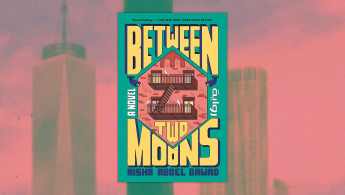
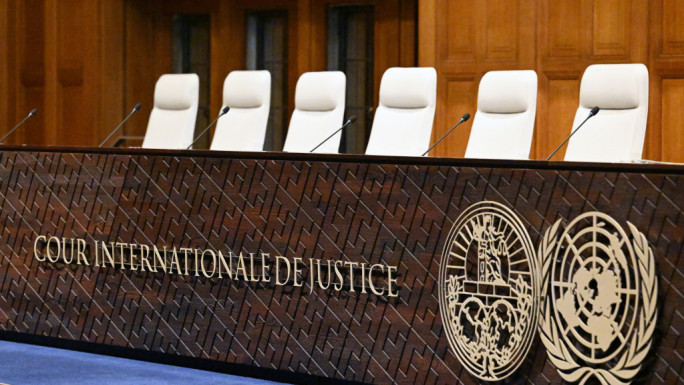
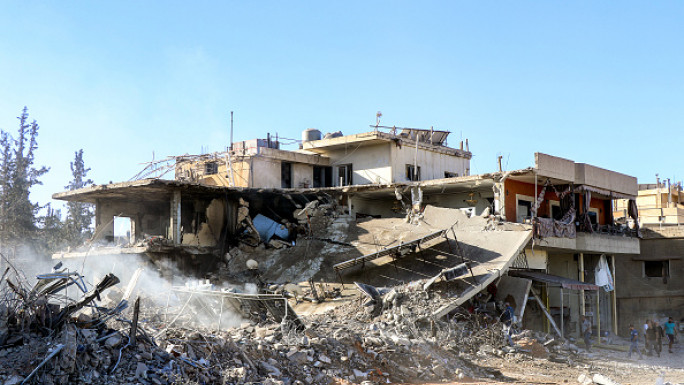
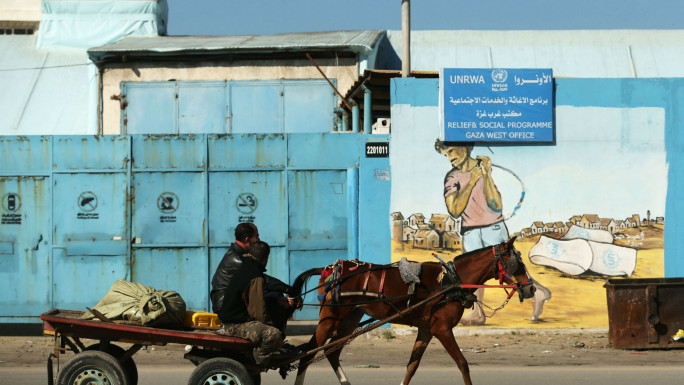

 Follow the Middle East's top stories in English at The New Arab on Google News
Follow the Middle East's top stories in English at The New Arab on Google News

